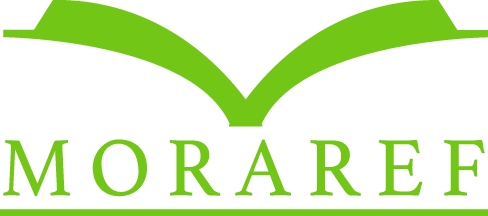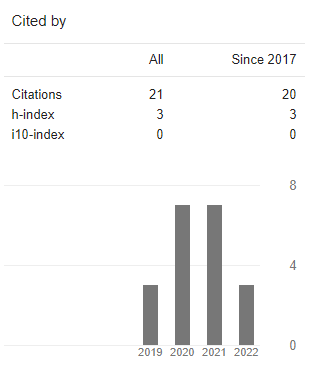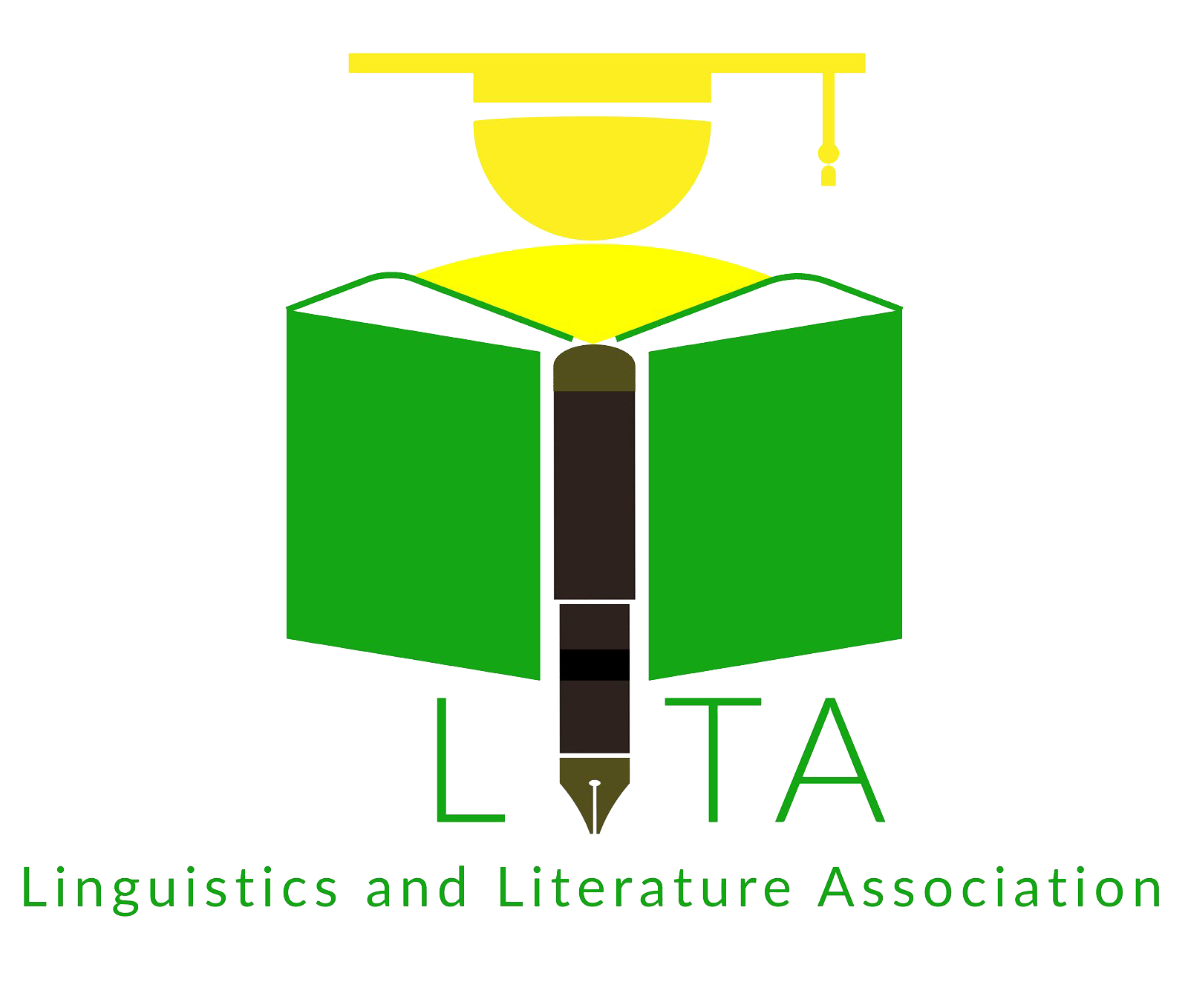The Use of Bilingualism in Sidoarjo Linguistics Landscape
DOI:
https://doi.org/10.21776/ub.alphabet.2020.03.01.04Keywords:
Bilingualism, Language signs, Linguistics LandscapeAbstract
This article aims to present a case of bilingualism, the use of two languages together, in the Sidoarjo linguistic landscape. The data consists of advertisements, street signs, shop names, and other signs collected from three different neighbourhoods in Sidoarjo, Masangan Kulon, Legok, and Taman Pondok Jati. The data are first collected by taking pictures of the signs, which are then classified, and analyzed. It is found that people in those areas utilise two different combinations of languages on different kinds of signs. These combinations are Indonesian and English and Indonesian and Javanese. The order of the languages varies depending on the type of sign. The researcher also found that the most dominant sign found containing bilingualism is shop signs, and the area with the most signs is Taman Pondok Jati. The finding also shows that the most frequently occurring kind of bilingualism in the study is the use of Indonesian and English combinations.




















